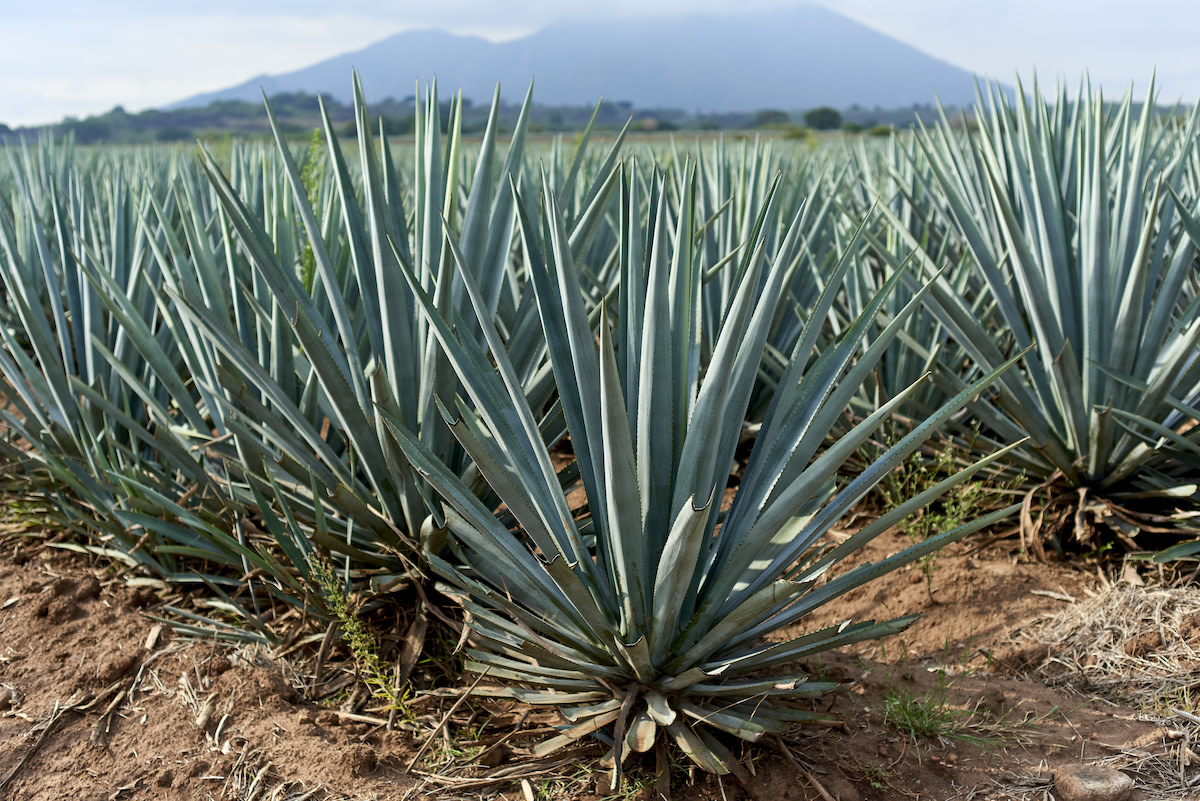Agave Plant Guide: How to Grow Agave in Your Garden
Written by MasterClass
Last updated: Jun 7, 2021 • 4 min read
This large, hardy, evergreen succulent thrives in desert landscapes and makes a beautiful houseplant.
Learn From the Best
What Is Agave?
Generally known for their fleshy leaves with spiny tips, agave plants (Agave spp.) are slow-growers in the Agavaceae family. Agave plants are native to the desert areas of South America, Central America, Mexico, and some parts of the Southwest United States.
There are many agave plants within the genus, the largest of which can exceed 10 feet in height. Agave plants range in color from blue-gray to blue-green, and their bell-shaped flowers can be white or yellow. The plants can take many years to mature and typically perish after the flowers produce berry seed pods.
4 Types of Agave
With approximately 200 agave species within the agave genus, there is a plant to fit any gardener’s taste.
- 1. Century plant (Agave americana): Known in Mexico as maguey, this cultivar has blue-gray leaves with saw-toothed spines along the edges and a long terminal spine. These plants produce a green or yellow flower stalk that can reach up to 15 feet in height at maturity.
- 2. Artichoke agave (Agave parryi var. truncata): This cold-hardy evergreen features blue or green leaves tipped with sharp, dark spines. These plants rarely flower, but some produce 15-foot-tall flowering spikes with clusters of yellow flowers.
- 3. Blue agave (Agave tequilana): Also commonly called Weber’s blue agave or tequila agave, this large cultivar can reach over 6 feet in height and blooms bright yellow flowers after approximately 7 years. This plant is famous for providing agave nectar, the base ingredient for tequila.
- 4. Queen Victoria agave (Agave victoriae-reginae): Smaller than most agave plants, the Queen Victoria reaches about one foot tall at maturity and produces flowers after 20 to 30 years of growing. Its broad leaves are notably curved, giving it a dome-like appearance, and its flowers range from cream-colored to reddish-purple.
How to Plant Agave Plants Outdoors
Spring or early fall are the best times to plant agaves outdoors. Follow these steps to add agave to your garden.
- Make space in your garden. Dig a hole that is approximately twice as wide as the plant’s original container. The hole should not be deeper than the container since these succulent plants typically have shallow root systems.
- Plant in well-draining cactus soil. Pour a layer of cactus soil into the bottom of the hole. Once removed from its container, gently loosen the new plant’s root system before lowering it into the hole. Fill in the sides with more cactus soil.
- Water the agave plant to stimulate the roots. When the plant is in place, gently water the roots, and continue to water the plant approximately every five days for the first month.
How to Care for Your Agave Plant
Gardeners favor agave plants for their ease of care. In the appropriate environment, your agave plant will require very little maintenance as it matures.
- Plant or place your agave in a warm area. Agave plants are intolerant to frost and require a climate with low humidity. If the air is too humid, agave plants are likely to experience crown rot and perish. Generally, agave plants cannot survive any farther north than USDA hardiness zone 9.
- Mix your potting soil with coarse sand. Plant your agave in well-draining soil. Add coarse sand to improve drainage and protect your plant from root rot. Do not fertilize your agave plant—it can lead to premature flowering, which will cause your agave to perish.
- Provide ample light for your agave plant. While most agave plants will grow in light shade, these plants generally do best in a space that receives full sun.
- Water your agave plant sparingly. When establishing a new agave in your garden or pot, it is essential to water it approximately every five days for the first month. As it matures, your outdoor agave will only require watering if its environment goes through a prolonged drought period. Water indoor agaves when the soil is completely dry.
- Protect your agave plant from pests. The agave snout weevil is known to burrow into the center of agave plants to lay eggs. Remove affected agave plants to prevent these pests from spreading to other agave plants in your garden.
3 Tips for Repotting Indoor Agave Plants
If your agave plant is indoors, repot your plant to keep it healthy from season to season.
- 1. Repot your agave plant every year. An annual repotting is necessary to replenish the plant’s soil.
- 2. Use a sandy potting soil mix. When repotting an agave plant, use potting soil mixed with sand or pumice to improve drainage and avoid overwatering.
- 3. Place the crown of your plant above the soil line. Crown rot poses a risk to agave plants, so ensure that your plant’s crown is above the soil line when replanting.
Learn More
Grow your own garden with Ron Finley, the self-described "Gangster Gardener." Get the MasterClass Annual Membership and learn how to cultivate fresh herbs and vegetables, keep your house plants alive, and use compost to make your community—and the world—a better place.
